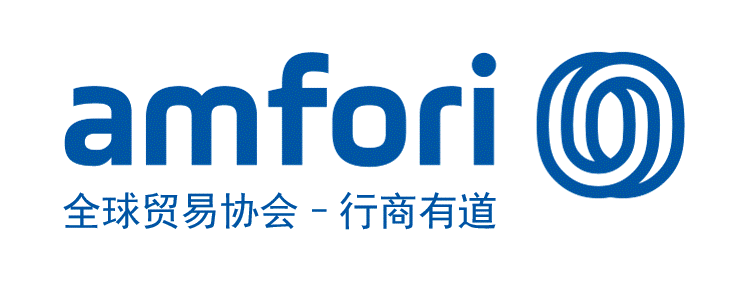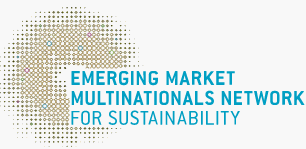The path of sustainable development with Chinese characteristics
2019-10-31GoldenBeeHuang jing0
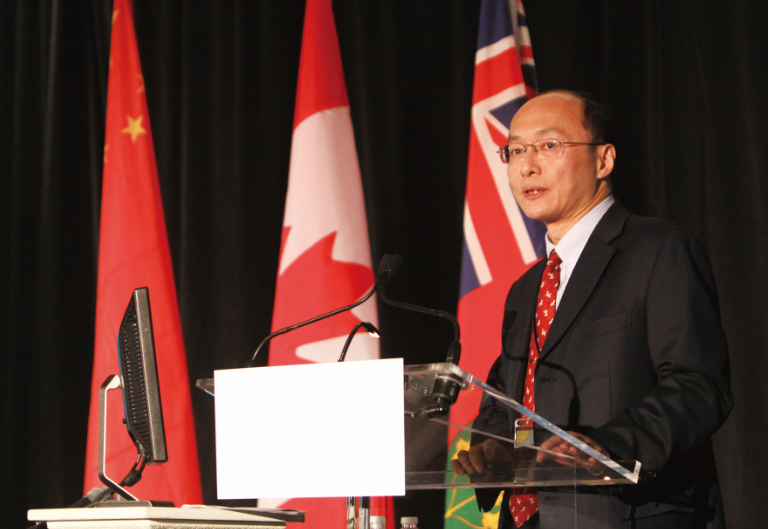
Huang Jing, Director of the Administrative Center for China's Agenda 21
The United Nations Conference on Environment and Development in 1992 adopted the Rio Declaration on Environment and Development, the Agenda 21 and other documents, which has become an important event with profound influence in the world history, reflecting a significant shift in the concept of human development. Since then, "sustainable development" has been brought to the front stage of human practice from the level of research and discussion, and become a guide for global action.
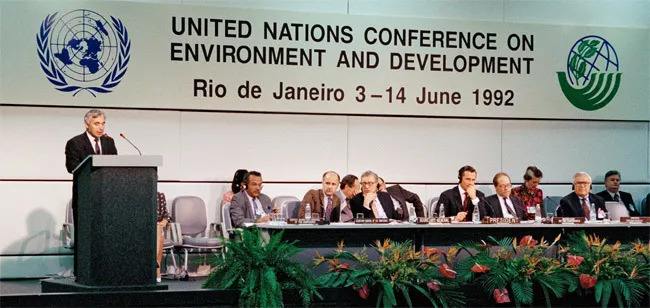
The Agenda 21 begins with a statement that "Humanity stands at a defining moment in history", and calls for comprehensive and coordinated treatment of environmental and development issues to jointly promote the establishment of a global partnership for sustainable development. The promulgation of the Agenda 21 is a milestone in the development of human society. It tells the world that 183 countries on the globe are determined to work together for sustainable development and to join hands and share the mission of protecting the earth, the common home of mankind.
Setting sustainable development as a state strategy
As a developing country, China is committed to actively promoting sustainable development. Shortly after the United Nations Conference on Environment and Development, the Chinese government set out to develop the national Agenda 21. This is not only a positive response of the Chinese government to the UN Conference on Environment and Development, but also reflects the inherent inevitable demand of China's economic and social development.

The former State Scientific and Technological Commission and the State Development Planning Commission organized a research and preparation team, composed of 52 departments and more than 300 experts. With the active support of the United Nations Development Program (UNDP), after nearly two years of efforts, the State Council approved the China's Agenda 21 - White Paper on China's Population, Environment and Development in the 21st Century (hereinafter referred to as China's Agenda 21) in March 1994, establishing the overall strategic framework for China's sustainable development and its main objectives in various fields. In September 1995, the Fifth Plenary Session of the 14th CPC Central Committee adopted the Proposal of the CPC Central Committee for the Ninth Five-Year Plan for National Economic and Social Development and the Long-Range Objectives to the Year 2010, where it stated that "the comprehensive development of society must be placed in an important strategic position to realize the coordination and sustainable development of the economy and society. It marks the first use of the concept of "sustainable development" in the party's official documents. In March 1996, the Fourth Session of the Eighth National People's Congress deliberated and adopted the CPC Central Committee for the Ninth Five-Year Plan for National Economic and Social Development and the Long-Range Objectives to the Year 2010, where it clearly put forward China's significant decision on implementing the strategy of sustainable development in economic and social development.
The promulgation and implementation of China's Agenda 21 have produced great influence and positive results, mainly because it closely combines China's specific national conditions.
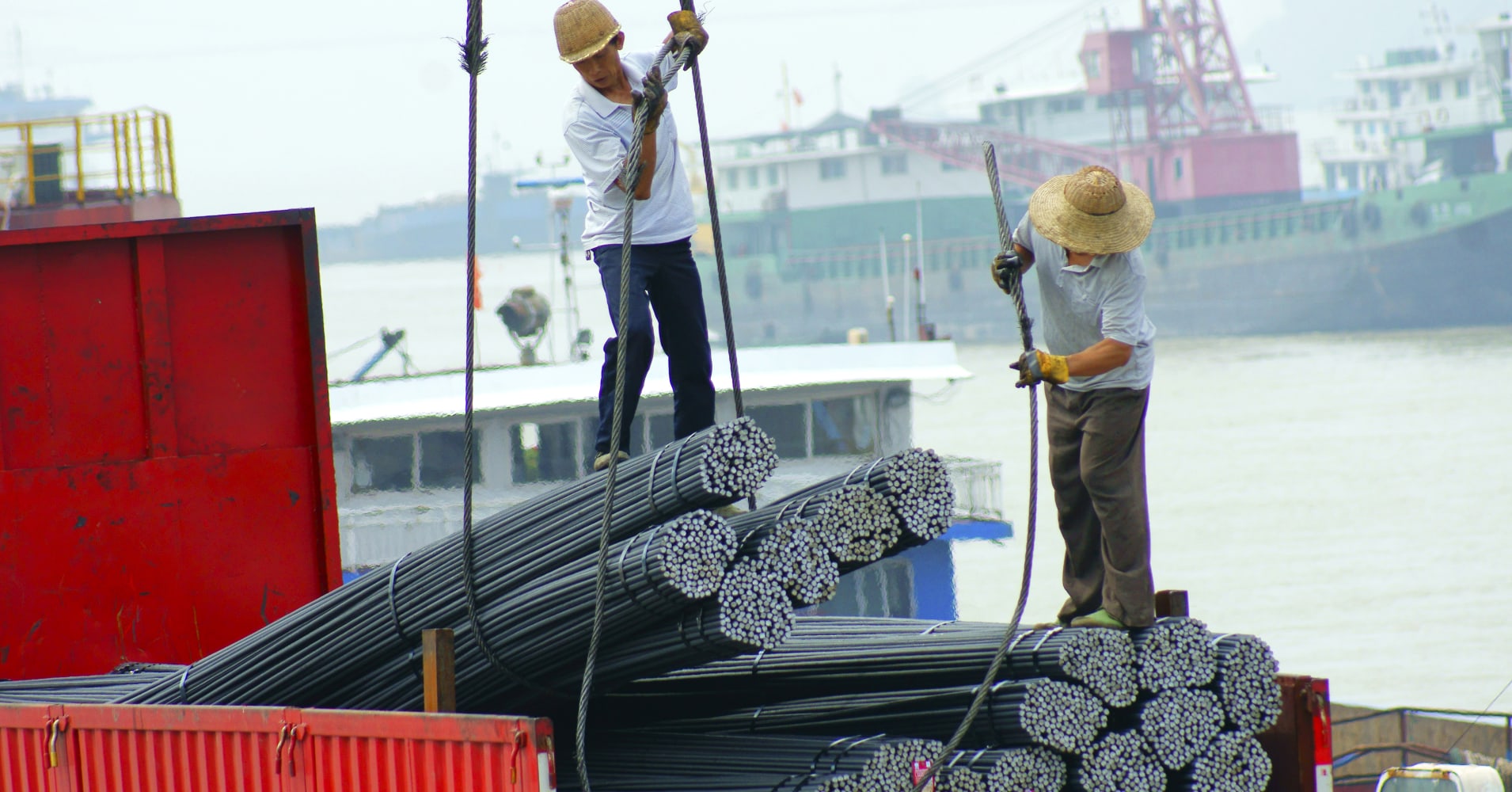
First, it fully expresses the core essence that China's major mission, as a developing country, still is "development" and embodies the idea that "development is the absolute principle"; Second, it highlights the inseparable complex relationship of the economy, society, resources and environment and promotes implementation by the idea of system engineering; Third, it regards solving the issue of population as an important strategic point since China possesses the largest population in the world; Fourth, it analyzes China's resources and environmental issues by putting it under the context of global environmental issues, and pays attention to the intrinsic relationship and mutual influence between China's ecological and environmental problems and global environmental issues; Fifth, it takes capacity building as the basic guarantee for the implementation of sustainable development; Sixth, the matched China's Agenda 21 Priorities Plan was introduced to make the implementation of the agenda practicable.
As the first national Agenda 21 after the United Nations Conference on Environment and Development, China's Agenda 21 has had a great impact in the world. UNDP has promoted this cooperation with China as a "flagship" project and promote it in developing countries.
China's achievements in sustainable development widely acclaimed by the international community
Since the implementation of sustainable development strategy, China has made positive progress in the population, resources, environment and transformation of economic development mode. In October 2003, the Third Plenary Session of the 16th CPC Central Committee proposed to "adhere to the people-oriented principle, establish a comprehensive, coordinated and sustainable development concept, and promote comprehensive development of the economy, society and people." This is an important theoretical innovation put forward by China based on its basic national conditions in the primary stage of socialism, development practices, foreign experience and the needs under new situations. It provides important theoretical guidance for promoting the implementation of sustainable development strategies.
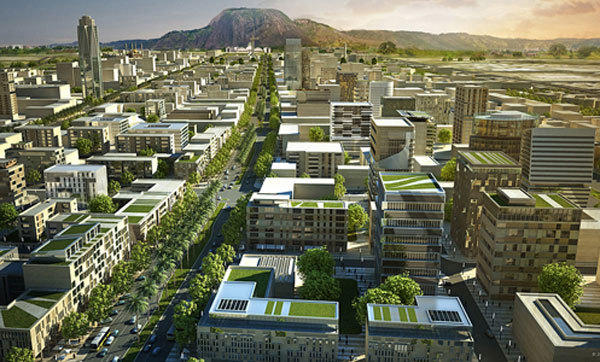
In the same year, the State Council issued the Program of Action for Sustainable Development in China in the Early 21st Century, which further clarified the goals, basic principles, key areas and safeguard measures for China's implementation of the sustainable development strategy in the early 21st century. Subsequently, China proposed to build a resource-conserving and environment-friendly society, and issued The Main Functional Area Planning. In the same period, China began to implement the "Total Quantity Control" measures of major pollutants, and successively introduced the Law of The People's Republic of China on Promoting Clean Production, the Circular Economy Promotion Law of The People's Republic of China, and the China's National Climate Change Program and other legal and policy documents.
Through continuous and unremitting efforts, China's economic restructuring and development mode transformation have made positive progress, initially reversing the trend of widening regional development gaps, curbing the deterioration of the national ecological environment, and becoming the first country that achieves the UN Millennium Development Goal, “Halve, between 1990 and 2015, the proportion of people who suffer from hunger”. China's achievements in the field of sustainable development have been highly valued by the international community and have drawn the attention of the world.

The concept of sustainable development constantly enriched and improved
Since the 18th CPC National Congress, China has put forward the "five in one" overall layout to promote the balanced economic, political, cultural, social, and ecological progress and the vision of innovative, coordinated, green, open and inclusive development. The 19th CPC National Congress set the implementation of the sustainable development strategy as one of the seven national strategies, and proposed to promote high-quality economic development and pursue supply-side structural reform as the main task. These great decisions and deployments reflect the overall and strategic vision of the CPC Central Committee with Comrade Xi Jinping as the core, which enriches and improves the concept of sustainable development.
Since the 18th CPC National Congress, in accordance with the "five in one" overall layout and the guidance of the new development vision, China has further deepened the implementation of the sustainable development strategy, promoted the ecological progress, and made systematic arrangement to promote the development of a new pattern of modernization featuring harmonious development between human and nature.
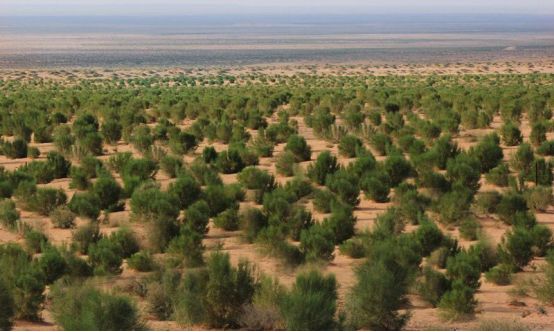
It also implemented a series of special actions, such as targeted poverty alleviation and pollution prevention and control. A large number of key R&D projects have been launched with important technological breakthroughs in related fields of resources and energy, ecological environment, public safety, green technology, and low-carbon economy, etc. The capacity of sustainable development has improved significantly. In recent years, the concentration of fine particulate matter in China has decreased significantly, the area of desertification has been decreasing, the quality of the national ecological environment has continued to improve, and the incidence of poverty has decreased significantly.
Building sustainable development demonstration zones and pioneers
In September 2015, 193 countries adopted The 2030 Agenda for Sustainable Development at the United Nations Development Summit, which proposed 17 Sustainable Development Goals (SDGs) and 169 sub-goals, and advocated "All countries and all stakeholders, acting in collaborative partnership, will implement this plan. We are resolved to free the human race from the tyranny of poverty and want and to heal and secure our planet." China has actively promoted the implementation of The 2030 Agenda for Sustainable Development in a highly responsible spirit.
In September 2016, China took the opportunity of the G20 Hangzhou Summit to promote the development of the G20 Action Plan on the 2030 Agenda for Sustainable Development. Subsequently, China issued the China's National Plan on Implementation of the 2030 Agenda for Sustainable Development at the United Nations Headquarters in New York, and proposed a package of specific initiatives, including building demonstration zones for sustainable development. In December 2016, the State Council issued the China's Plan of Innovation Demonstration Zone for Implementation of the 2030 Agenda for Sustainable Development, which proposed to build 10 innovation demonstration zones to implement the 2030 Agenda for Sustainable Development during the "13th Five-year Plan" period, so as to build a batch of replicable realistic models of sustainable development.
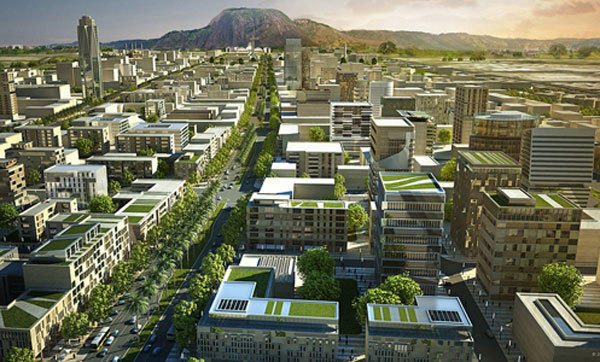
In February 2018 and May 2019, the State Council approved six cities, namely Shenzhen, Taiyuan, Guilin, Chengde, Chenzhou and Lincang, as the demonstration zones for sustainable development. These cities piloted innovative projects from the following aspects: guiding the sustainable development of ultra large cities through innovation, the transformation and upgrading of resource-based cities, the sustainable use of landscape resources and the sustainable development of urban agglomeration water conservation functional zones, water resources utilization and the prevention and control of heavy metal pollution, driving the development of frontier multi-ethnic underdeveloped areas through innovation.
Up to now, it has made good progress and had a positive international impact. In an article of a Spanish newspaper, the demonstration zone in China was listed as one of the top ten indicators of "China's modernization leap." In August 2019, in the "Opinions on Supporting Shenzhen to be a Demonstration Zone of Socialism with Chinese Characteristics" issued by the CPC Central Committee and the State Council, "Sustainable Development Pioneer" is determined as one of the five strategic positioning of Shenzhen for building the demonstration zone.
Implementing sustainable development strategy firmly in the future
Throughout the 70-year development, China has created a great miracle in the history of human development by initially establishing national economic development system from scratch, turning to reform and opening up from backwardness, and marching towards all-round well-off society from the lack of food and clothing. This miracle is inseparable from the unremitting efforts of several generations, the forward-looking vision and innovative policies of the Chinese government in implementing the sustainable development strategy.

At present, we need to win a decisive victory in building a moderately prosperous society in all aspects and move toward high-quality development, which means we need to further unswervingly implement the sustainable development strategy. In June this year, President Xi Jinping pointed out at the 23rd St. Petersburg International Economic Forum that "sustainable development is the meeting point of the best interests of all parties and the best entry point for cooperation, and is the 'golden key' to solve the current global problems." This important statement has elevated the understanding of sustainable development to a new historical level and has important guiding significance for us to continue to promote the implementation of sustainable development strategies in the future.
From the Agenda 21 to The 2030 Agenda for Sustainable Development, China has made tremendous efforts to explore the path of sustainable development with Chinese characteristics, and have achieved remarkable achievements with important contributions to global sustainable development. In 1992, China's total economic output was 426.9 billion US dollars, ranking 10th in the world, with a per capita GDP of only 366 US dollars. If the implementation of China's Agenda 21 and its priority projects is mainly to solve the domestic problems, now China's National Plan on Implementation of the 2030 Agenda for Sustainable Development and the demonstration zones are based on an international perspective and a global vision, because China's current economic aggregate has ranked second in the world for many years, and China's GDP has reached 13.6082 trillion US dollars with a per capita GNI of 9,470 US dollars, which has far beyond the development level when the China's Agenda 21 was implemented.
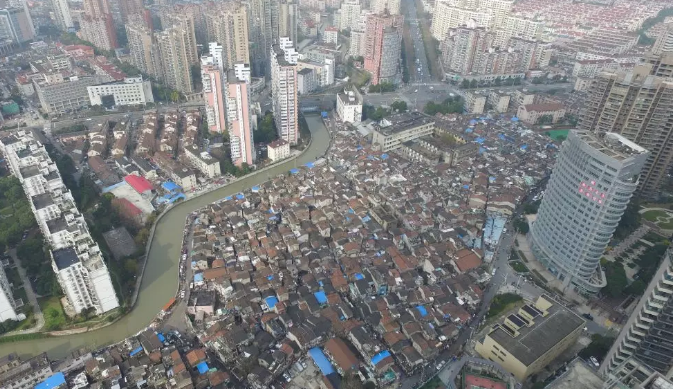
However, we must also clearly realize that China's international status as the world's largest developing country has not changed. China's basic national conditions have not changed, that is, we are still in the primary stage of socialism and will remain so for a long time. There is still a big gap of economic and social development between China and developed countries. The efficient use of energy resources, ecological environment protection and climate change are remaining huge challenges. There is still a long way to go to achieve the sustainable development goals.
(Translated by GoldenBee, the Chinese version of this article is issued on China Sustsinability Tribune wechat account)
(Images in this article are from the Internet)
Best Practices
- The 100-year brand — Air Liquide also has a sense of juvenile
- Beijing Public Transportation Corporation: Developing green transportation to build a harmonious and livable capital
- CGN: Building a modern factory in barren deserts and developing a new win-win cooperation model along “Belt and Road”
Upcoming Event

All the materials on the site “Source: XXX (not from this site)” have been reprinted from other media. They do not imply the agreement by the site.
All the materials with “Source: CSR-China Website” are the copyright of CSR-China Website. None of them may be used in any form or by any means without permission from CSR-China Website.
GoldenBee Official WeChat
Copyright © Csr-china.net All Right Reserved.
京ICP备19010813号


